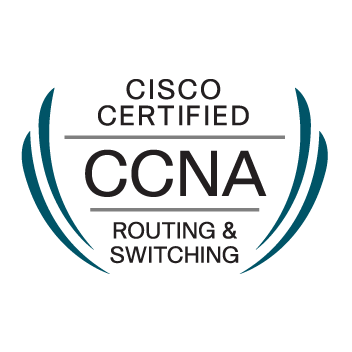- Cisco Community
- Technology and Support
- Service Providers
- XR OS and Platforms
- IOS XR 9k Load Balancing Static Routes
- Subscribe to RSS Feed
- Mark Topic as New
- Mark Topic as Read
- Float this Topic for Current User
- Bookmark
- Subscribe
- Mute
- Printer Friendly Page
IOS XR 9k Load Balancing Static Routes
- Mark as New
- Bookmark
- Subscribe
- Mute
- Subscribe to RSS Feed
- Permalink
- Report Inappropriate Content
11-04-2024 01:30 AM
Hi,
I have an IOS-XR edge router with 2 equal cost static routes with an AD of 1.
But one network Is only accessible via ISP2 and and all traffic seems to be going down the static route for ISP1. Am I missing anything.
Please see photo and outputs attached:
RP/0/RP0/CPU0:XR1#sh ip ro
Mon Nov 4 09:21:32.443 UTC
Codes: C - connected, S - static, R - RIP, B - BGP, (>) - Diversion path
D - EIGRP, EX - EIGRP external, O - OSPF, IA - OSPF inter area
N1 - OSPF NSSA external type 1, N2 - OSPF NSSA external type 2
E1 - OSPF external type 1, E2 - OSPF external type 2, E - EGP
i - ISIS, L1 - IS-IS level-1, L2 - IS-IS level-2
ia - IS-IS inter area, su - IS-IS summary null, * - candidate default
U - per-user static route, o - ODR, L - local, G - DAGR, l - LISP
A - access/subscriber, a - Application route
M - mobile route, r - RPL, t - Traffic Engineering, (!) - FRR Backup path
Gateway of last resort is 192.168.100.1 to network 0.0.0.0
S* 0.0.0.0/0 [1/0] via 192.168.100.1, 01:52:03 <---------------- ISP1
[1/0] via 192.168.200.1, 01:52:03 <---------------- ISP2
C 192.168.10.0/30 is directly connected, 02:02:50, GigabitEthernet0/0/0/0
L 192.168.10.1/32 is directly connected, 02:02:50, GigabitEthernet0/0/0/0
C 192.168.25.0/24 is directly connected, 02:02:50, GigabitEthernet0/0/0/3
L 192.168.25.1/32 is directly connected, 02:02:50, GigabitEthernet0/0/0/3
C 192.168.100.0/24 is directly connected, 02:01:30, GigabitEthernet0/0/0/1
L 192.168.100.2/32 is directly connected, 02:01:30, GigabitEthernet0/0/0/1
C 192.168.200.0/24 is directly connected, 02:01:30, GigabitEthernet0/0/0/2
L 192.168.200.2/32 is directly connected, 02:01:30, GigabitEthernet0/0/0/2
RP/0/RP0/CPU0:XR1#
- Labels:
-
XR OS and Platforms
- Mark as New
- Bookmark
- Subscribe
- Mute
- Subscribe to RSS Feed
- Permalink
- Report Inappropriate Content
11-04-2024 01:45 AM
It can CEF make use source IP to select path and hence one network always select isp2.
MHM
- Mark as New
- Bookmark
- Subscribe
- Mute
- Subscribe to RSS Feed
- Permalink
- Report Inappropriate Content
11-04-2024 01:48 AM - edited 11-04-2024 01:49 AM
I found a solution that worked for me.
I bundled the 2 interfaces together to create a Bundle-ether and created 2 sub-interfaces on the bundle.
I then created a trunk on the receiving interfaces on the switch:
interface Bundle-Ether1
!
interface Bundle-Ether1.100
ipv4 address 192.168.100.2 255.255.255.0
encapsulation dot1q 100
!
interface Bundle-Ether1.200
ipv4 address 192.168.200.2 255.255.255.0
encapsulation dot1q 200
RP/0/RP0/CPU0:XR1#ping 192.168.100.1
Mon Nov 4 09:48:39.185 UTC
Type escape sequence to abort.
Sending 5, 100-byte ICMP Echos to 192.168.100.1, timeout is 2 seconds:
!!!!!
Success rate is 100 percent (5/5), round-trip min/avg/max = 2/2/5 ms
RP/0/RP0/CPU0:XR1#ping 192.168.200.1
Mon Nov 4 09:48:43.666 UTC
Type escape sequence to abort.
Sending 5, 100-byte ICMP Echos to 192.168.200.1, timeout is 2 seconds:
!!!!!
Success rate is 100 percent (5/5), round-trip min/avg/max = 2/2/4 ms
RP/0/RP0/CPU0:XR1#
Discover and save your favorite ideas. Come back to expert answers, step-by-step guides, recent topics, and more.
New here? Get started with these tips. How to use Community New member guide

